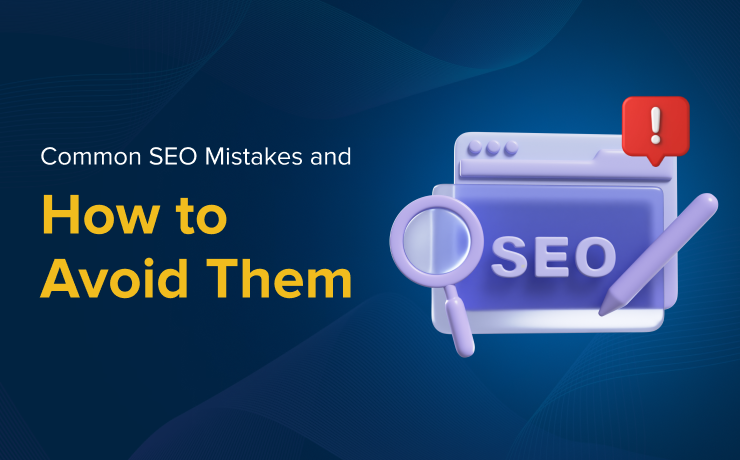How To Do Keyword Clustering For Effective SEO Strategy

Chad Faith
Director of Content

Organizing your keywords properly forms the foundation of any strong content strategy. Keyword clustering allows marketers to group related terms based on user intent and makes it easier to target multiple search queries with a single piece of content. This approach helps websites expand their visibility while avoiding unnecessary content duplication.
Why Keyword Clustering Matters in Modern SEO
Search engines now look beyond single keywords and focus on context and relevance. Grouping related terms lets one-page rank for multiple queries, which makes your SEO more efficient. Instead of publishing multiple posts targeting similar terms, one strong page can cover a cluster.
This method also helps reduce content cannibalization, where different pages on the same site compete against each other. With a focus on broader keyword themes, your site can gain more authority on specific topics. Over time, this helps build stronger rankings and user trust.
How to Identify and Group Related Keywords
Begin by gathering keyword data through research tools. Look for shared phrases, common search intent, and the types of pages currently ranking for those terms. Each cluster should include a core keyword supported by several related terms that naturally fit together.
Review search results to see if the same pages rank across multiple keywords. If Google serves up similar results for various terms, it indicates those terms belong together. Matching user intent is more valuable than simply grouping keywords that look alike.
Ways to Use Clusters in Content Strategy
Once you’ve formed your clusters, they can guide your content structure. The primary keyword should lead the page’s focus, while related terms support it through subheadings, body copy, image alt text, and meta descriptions. This approach helps your content appear relevant across a broader range of searches and keeps the flow natural and engaging for readers.
Keyword clustering also makes editorial planning more efficient. Rather than producing numerous narrowly focused blog posts, you can create comprehensive content that covers full topics in depth. You can even apply this to your email newsletter strategy and align content themes with user search behavior.
Common Mistakes to Avoid with Clustering
One mistake is grouping keywords based only on similar wording without checking their intent. Two terms may appear alike but attract different users or answer different questions. Always check how Google ranks pages to avoid misaligned groupings.
Another mistake is overloading a single page with too many keywords. Doing so may confuse search engines and reduce content clarity. Focus on building pages around one clear topic with a few strong variations that naturally support it.
Tracking Results and Refining Over Time
After publishing content around a keyword cluster, track rankings using SEO tools. Look for gains in impressions and keyword coverage, not just traffic alone. Improvements in average ranking positions are also signs of successful clustering.
Refine your clusters based on performance data. You might need to adjust content, break large clusters into smaller ones, or retarget based on shifting trends. SEO is not static, and keyword intent can change over time.
Let SmartSites Help You Succeed with Keyword Clustering
SmartSites uses keyword clustering to build powerful SEO strategies that grow visibility and traffic. Our team helps businesses turn complex keyword data into content that ranks and converts. Ready to organize your content for better results?
Contact us or explore our full range of SEO services today.
 Free
Consultation
Free
Consultation Free
Google Ads Audit
Free
Google Ads Audit







